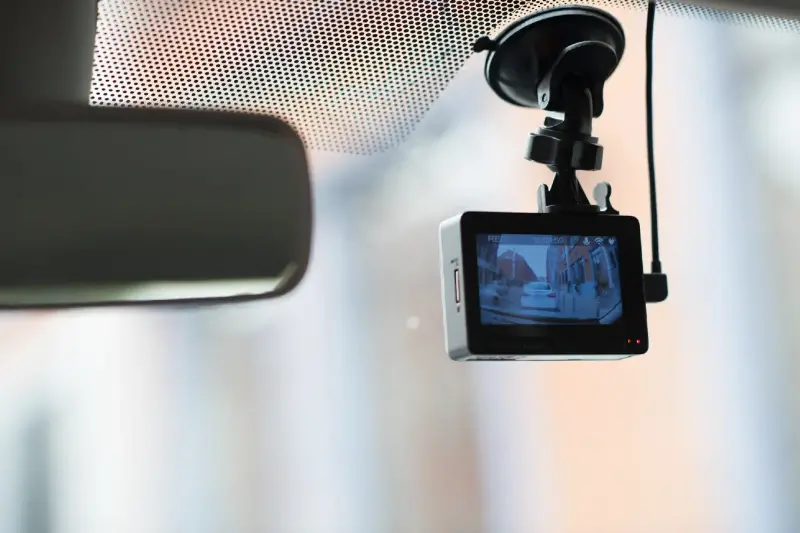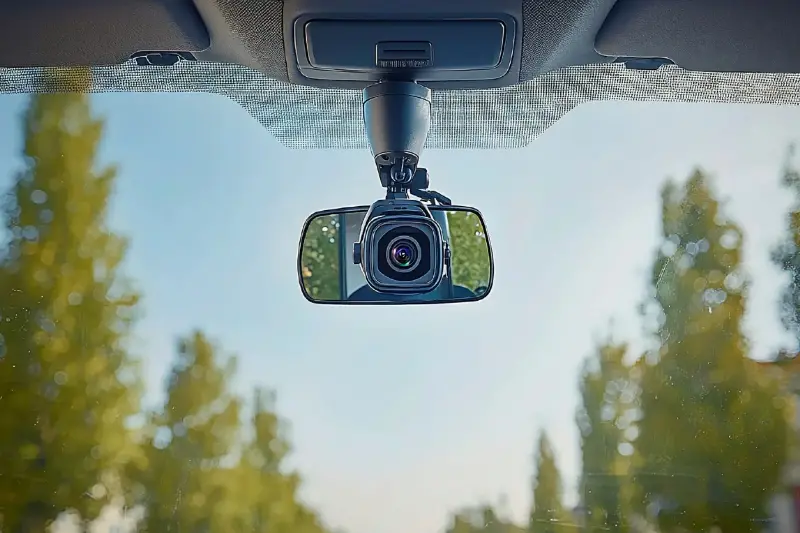
For many drivers, dashcams have become as essential as seat belts. These compact devices quietly record every journey, capturing the unexpected and the everyday alike. But beyond helping us relive that epic road trip or that near-miss with a wayward pigeon, dashcam footage has found an often pivotal role far from the asphalt: inside courtrooms. Whether you’re a seasoned driver or new to automotive tech, understanding how dashcam footage can make or break a legal case might just change the way you view that little camera on your dashboard.
The Rise Of Dashcam Evidence
Not long ago, eyewitness testimony was often the linchpin in traffic disputes, such as who ran a red light or who really had the right of way. The problem? Human memory is fallible. Dashcams now add a layer of objectivity to these situations, providing real-time, unfiltered evidence. In recent years, courts around the world—including countries like the United States, the UK, Australia, and Russia—have witnessed a surge in cases where dashcam footage made a conclusive difference.
Interestingly, in countries such as Russia, drivers quickly adopted dashcams partly due to widespread insurance fraud. Today, just about everyone with car insurance or a driving license can benefit from the same protection. The visual records not only secure claims but can shield you from false accusations, especially in incidents involving disputed liability or hit-and-run cases.
Admissibility: When Footage Makes The Cut
A surprisingly common myth is that all dashcam footage is automatically accepted as evidence. In reality, there are conditions it must meet to be admissible in court. Generally, the footage must be relevant to the case, properly preserved, authentic (untampered), and collected lawfully.
For example, in most countries, using a dashcam is legal, but privacy laws still apply. If the recording captures audio inside the cabin without passenger consent, or if the footage is edited or cut in a misleading way, it could be dismissed or even lead to legal trouble for the dashcam owner.
Courts also look at chain of custody: who had access to the footage, how it was stored, and whether there was any opportunity for it to be altered. To boost credibility, experts recommend saving the original memory card files and, if possible, backing up the footage immediately after an incident. It’s a good practice to log the date, time, and basic details of the event so your evidence stands up to scrutiny.
Real Cases: Dashcams In Action
Dashcam videos have helped solve a wide array of automotive disputes, from minor fender benders to high-profile lawsuits. Consider a case in California, where a driver was accused of reckless driving after a collision at an intersection. The dashcam footage, however, revealed the other vehicle had actually run a stop sign, exonerating the accused and even prompting changes in insurance coverage.
Similarly, in the UK, a delivery driver faced suspension when accused of causing a cycling accident. The dashcam video not only cleared the driver of any fault but also proved crucial in court, where it showed the cyclist veering unpredictably into traffic.
Beyond personal claims, dashcams are now a valuable tool for law enforcement. Police may use dashcam videos to reconstruct accident scenes, determine the sequence of events, or verify witness statements. In criminal cases—such as hit-and-runs or intentional road rage—clear footage can be the difference between conviction and acquittal.

The Power And Limits Of Visual Evidence
Despite their growing influence, dashcams aren’t infallible. Poor image quality, obstructed views, or untimely camera malfunctions can weaken the value of footage. At night or in bad weather, identifying details like license plates or faces might be impossible. In some situations, dashcam evidence brings more questions than answers, supporting both sides and requiring further interpretation by judges or accident reconstruction experts.
It’s also worth noting that footage showing only one angle can sometimes be misleading. For instance, a dashcam mounted too low might miss traffic signals or—conversely—omit side impacts that occurred outside the camera’s range. Courts may seek additional evidence, such as witness statements or surveillance from nearby businesses, to build a complete picture.
Tips For Maximizing Your Dashcam’s Impact In Court
If you own a dashcam, a few simple habits can ensure that, should the need ever arise, your footage can actually help you in court. Keep your dashcam’s time and date settings accurate—it may seem minor, but incorrect metadata can sow doubt about authenticity. Avoid tampering with or editing the footage; if sharing clips, always keep the original files unharmed.
Regularly check your dashcam’s memory card and battery to prevent missed recordings. Review the laws in your country or state, particularly regarding recording audio or driving with suction-cup mounts—some areas have specific regulations.
Finally, if you’re involved in a collision, calmly inform any investigators or your insurer about your dashcam and offer a copy of the footage. This transparency can not only speed up claims but also establish you as a credible, cooperative party if the case heads to court.
The next time you fire up your car and see that blinking red light on your dashcam, remember: it’s more than just a silent witness. In today’s interconnected automotive world, that pocket-sized observer can mean the difference between justice served and a story untold—both on the road and in the courtroom.
